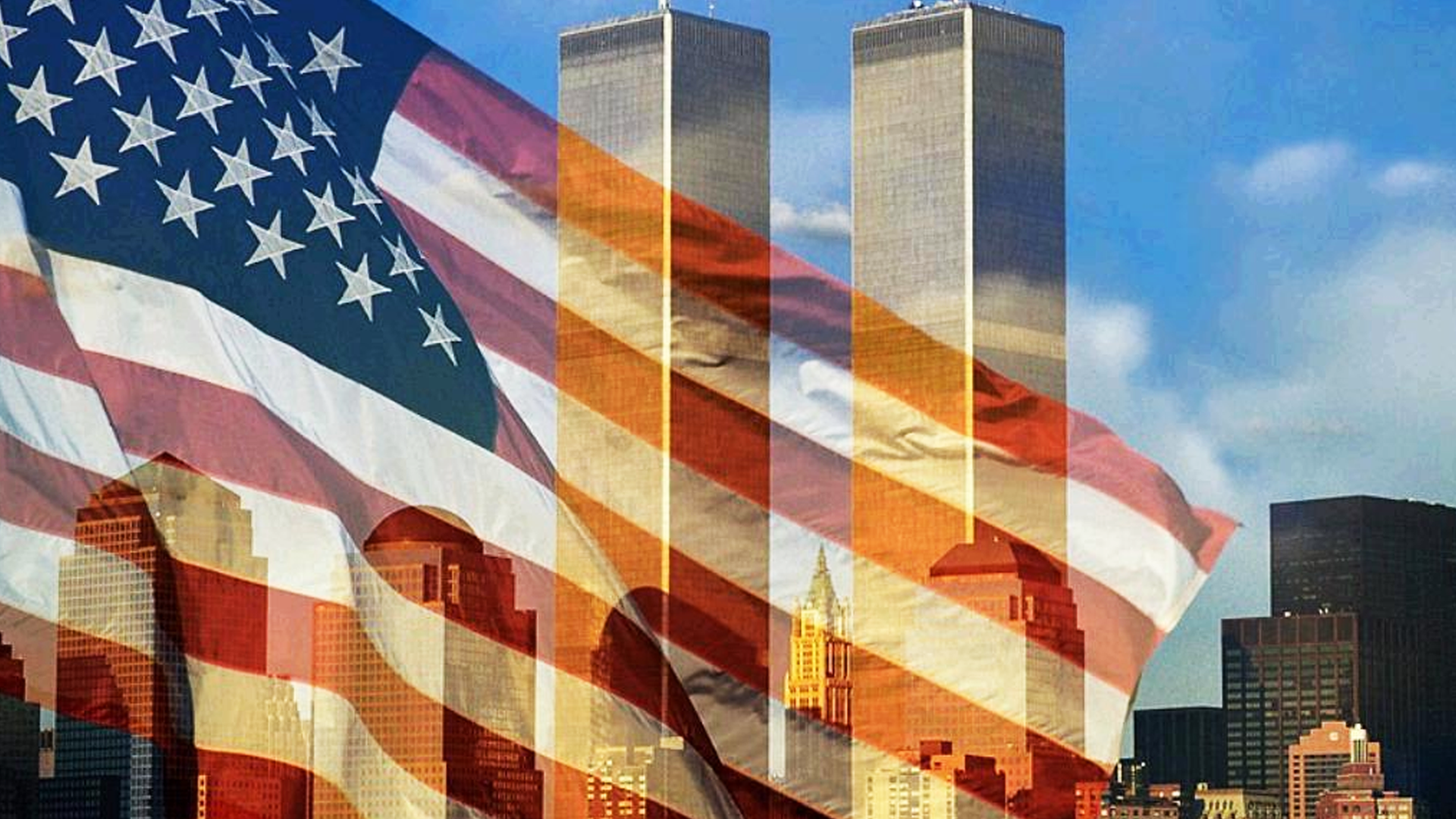September 11 Attacks

A clear Tuesday morning turned into one of the most devastating days in American history.
What Happened?
On the morning of September 11, 2001, a clear blue sky over New York City was shattered at 8:46 a.m. when American Airlines Flight 11 crashed into the North Tower of the World Trade Center. At first, many believed it was a freak accident, but the truth was far more sinister.
Just 17 minutes later, United Airlines Flight 175 struck the South Tower in a fireball of jet fuel and debris. Live television carried the images into millions of homes, and the world realized these were not accidents but coordinated attacks.
At 9:37 a.m., American Airlines Flight 77 hit the Pentagon, the nerve center of U.S. military power. Less than an hour later, the South Tower collapsed, followed by the North Tower at 10:28 a.m., reducing New York’s tallest buildings to rubble and ash.
Meanwhile, passengers aboard United Flight 93 learned through phone calls what was happening in New York and Washington. Choosing to fight back, they stormed the cockpit. The plane crashed into a field in Pennsylvania at 10:03 a.m., preventing an even greater tragedy in the nation’s capital.
The attacks killed nearly 3,000 people: office workers, airline passengers, first responders, and everyday citizens caught in the chaos. The bravery of firefighters, police officers, and paramedics who rushed into danger remains one of the most enduring images of that day.
The 19 hijackers were part of al-Qaeda, a terrorist network led by Osama bin Laden. Their targets were chosen as symbols of American strength—the World Trade Center for economic power, the Pentagon for military might, and possibly the Capitol or White House as symbols of democracy.
Bin Laden and his followers claimed motives rooted in U.S. actions abroad: military bases in Saudi Arabia, strong support for Israel, sanctions on Iraq, and backing of authoritarian governments in the Middle East. These grievances fed their radical ideology and their choice of violent tactics.
Al-Qaeda itself had grown out of earlier conflicts, particularly the fight against the Soviet Union in Afghanistan during the 1980s. Veterans of that war built a network convinced that global jihad could drive out foreign powers and punish those they viewed as oppressors of the Islamic world.
The shock of 9/11 reshaped U.S. life almost instantly. Airports became fortresses with new security measures, the Patriot Act expanded surveillance powers, and a new Department of Homeland Security was created to coordinate defenses against future attacks.
Internationally, the U.S. launched the War on Terror. Troops were sent to Afghanistan to topple the Taliban, which had sheltered al-Qaeda. In 2003, the war expanded into Iraq, sparking fierce debate. Even years later, the legacy of 9/11 continues in how nations balance safety, freedom, and the fight against extremism.
Why It Matters
9/11 was a turning point. It revealed the courage of ordinary people, the cost of terrorism, and the trade-offs democracies face between security and civil liberties. Understanding the day—what happened, why it happened, and how the world responded—helps us honor those lost and think critically about the choices we make in the name of safety and freedom.
?
How did passengers on Flight 93 change what might have happened that day?
Why did al-Qaeda target the World Trade Center and the Pentagon?
What new security measures came after 9/11, and how do they affect daily life?
How did 9/11 shape U.S. wars and foreign policy in the 2000s?
How can we balance security with civil liberties in a democracy?
Dig Deeper
A clear, chronological overview of the attacks in New York City on the morning of September 11, 2001.
Volunteers from the 9/11 Tribute Center explain why telling their stories matters for future generations.
Related

The War on Terror: A New Era of U.S. Power
After the September 11th attacks, the United States didn't just declare war on terrorism—it redefined national security, global alliances, and the limits of civil liberties.

The Bill of Rights: What Is It—and What Does It Actually Do?
The Bill of Rights wasn’t added to the Constitution because everything was going great, it was added because the people didn’t trust the government. And they had every reason not to.

McCarthyism: Fear, Power, and the Red Scare
In the 1950s, fear of communism gripped America. Senator Joseph McCarthy fueled this fear by accusing hundreds of people of being communist traitors—often without proof. The result was a national panic that tested the meaning of truth, justice, and freedom.
Further Reading
Stay curious!
